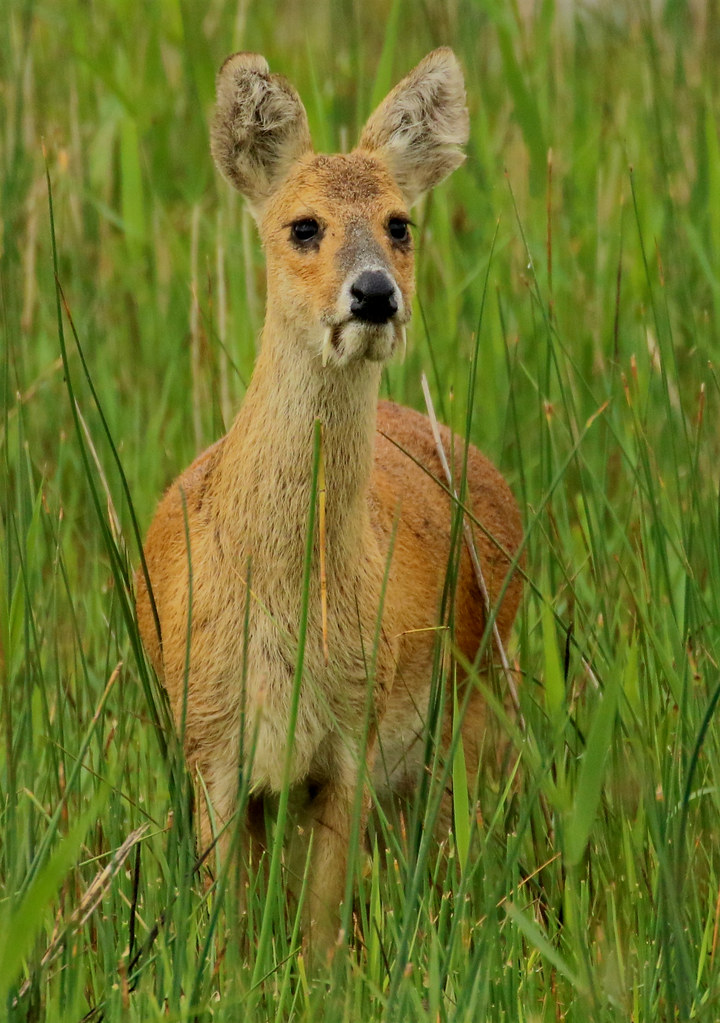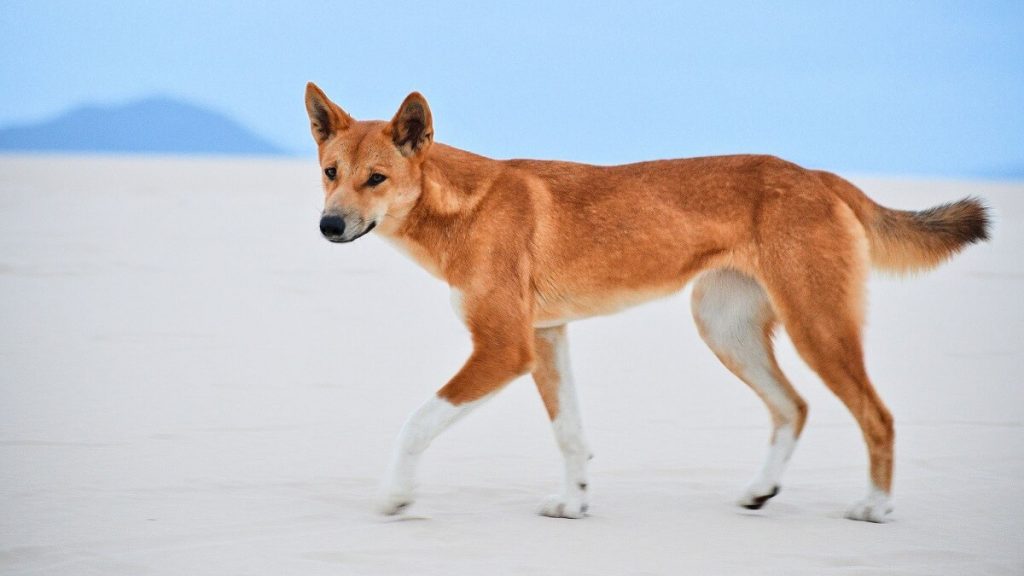
There are perhaps only 10,000 of this species in China, though there are around 700,000 living across the border in South Korea (slightly different subspecies).
They are also doing well in the UK with around 2000 living in the country, having been introduced by the Duke of Bedford into his animal collection, and then quickly escaped (around 100 years ago)
This makes the UK an important part of this species survival. It is particularly easy to see in the Norfolk broads, but is also found in other counties in this area.

